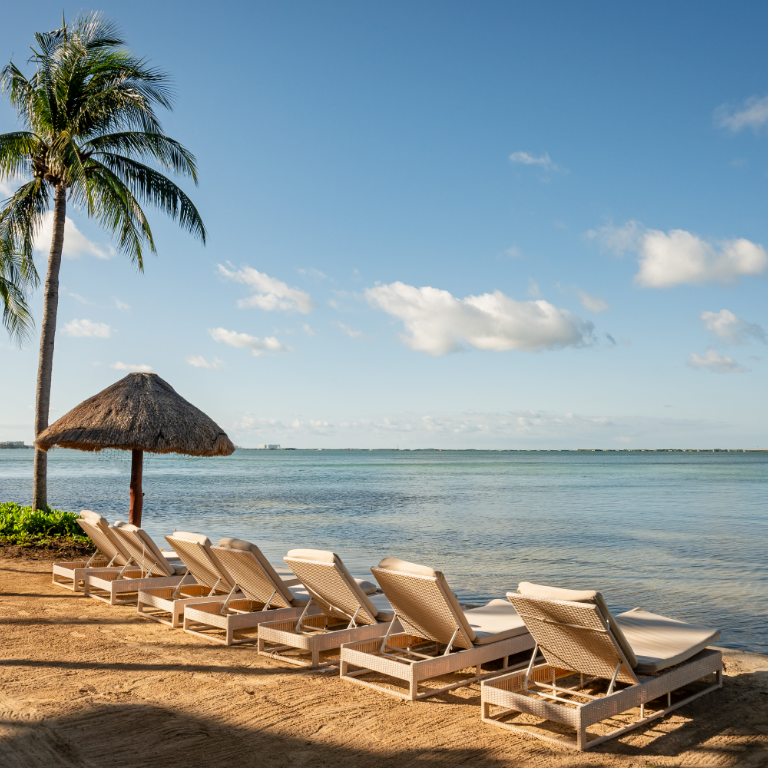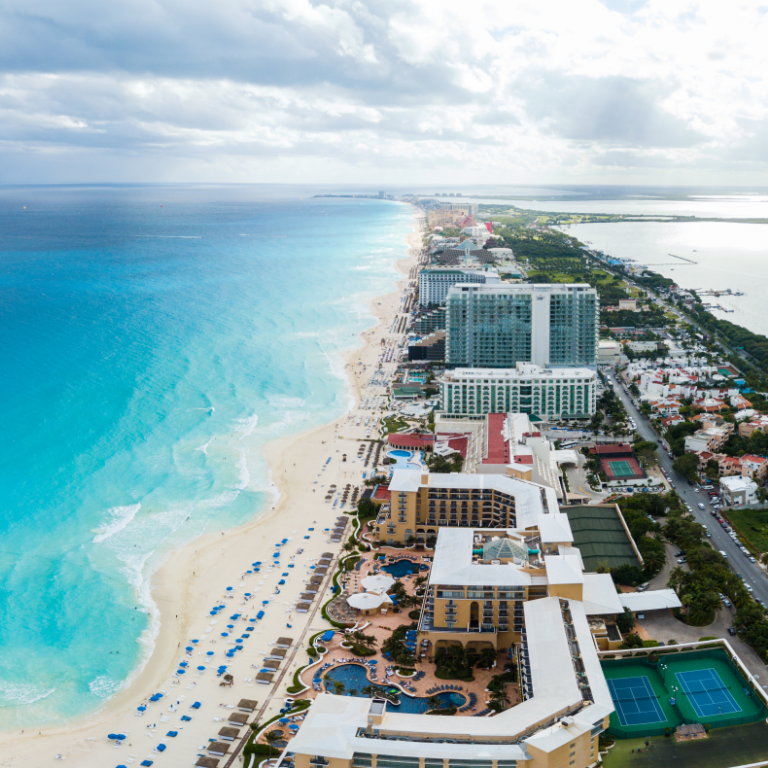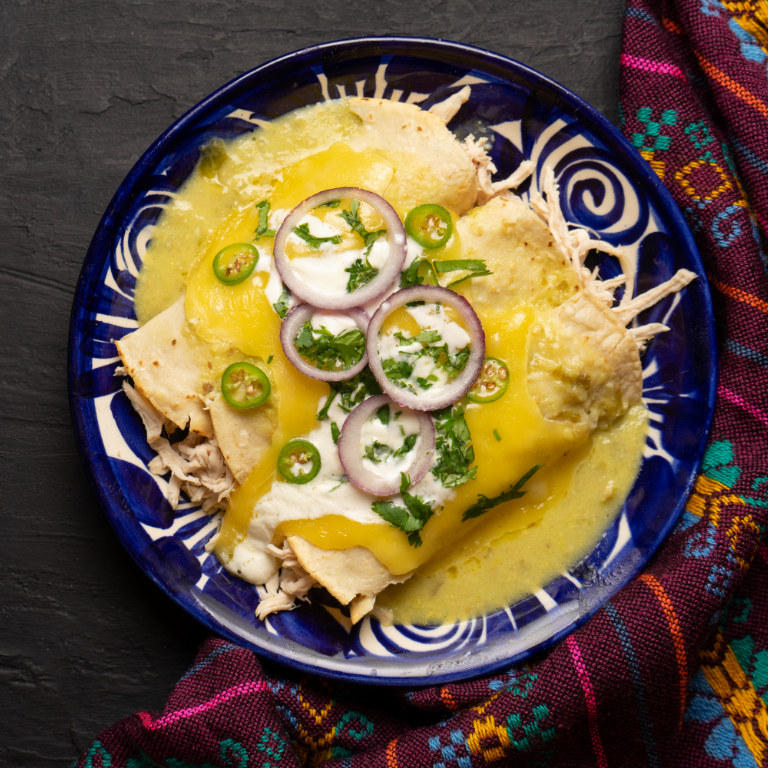In Mexico we have three species of crocodiles: the marsh crocodile (Crocodylus moreletii), the river crocodile (Crocodylus acutus) and the caiman (Caiman crocodilus); out of the twenty-three species found in the world. Crocodiles are nocturnal animals, especially when it comes to feeding. They usually go out in the sun to thermoregulate during the hours when there is more sunlight and measure between 3 to 4 meters long, but specimens of 7.5 meters have been found.
Adult crocodiles are territorial, and only during the breeding season do they share small spaces, especially males and females. The crocodile courtship and mating season occurs between March and August. Crocodiles are polygamous; the ratio of dominant males to females is one male to 3-5 females. Two or three weeks before nesting, the female goes out to explore the area and begins digging to deposit the eggs; this occurs in late March and early April.
During the nesting season they lay between 30 and 40 eggs, but only a very low percentage of them hatch and reach adulthood, which is why it is considered a protected species. The incubation period of these eggs is between 75 and 80 days. Most of the eggs are lost because the females nest among the mangrove leaves and the birds feed on them, as well as the newly hatched young.
Crocodiles function as selective predators because they are at the top of the food chain. This allows them to control other animal populations in their environment, in addition to recycling the most important nutrients in the environment. They have burrowing habits, creating channels and water reservoirs during the dry season that serve as shelters for waterfowl and other animals associated with water. With these habits, they can build caves on the banks of the water bodies where they live, and their function is to give them shelter and places to store food.
They have four types of food: young crocodiles feed on insects, baby fish and tadpoles. As they grow, they eat larger insects, medium-sized fish, frogs, small turtles, birds, crabs, shrimp, and small mammals. When they reach adulthood, their diet is piscivorous.
Crocodiles are threatened by several factors that affect their habitat, including pollution from fuel spills, boats, and boat motors that can strike their backs and cause severe injury, as well as habitat fragmentation and heavy pollution from humans and their waste. Another risk factor is their clandestine capture for the illegal trade in their skins.
It is important to respect their habitat and take measures to conserve these endangered species. The crocodile breeding and nesting season in Quintana Roo offers us a window to better understand their life cycle and the challenges they face in a world increasingly dominated by human activity.
By understanding the importance of these reptiles and the threats they face, we can take steps to protect their environment and ensure their long-term survival. Respecting their habitat and promoting conservation practices are fundamental steps to ensure that future generations can enjoy the presence of these fascinating animals in the wild in Quintana Roo and beyond.






